Owners know that a big part of keeping their furry kids happy and motivated is to have dog treats at the ready all the time. So, whether you’re getting your dog trained to do specific tasks or you simply want your pet to have a good time, having goodies within easy reach is one way to make your dog feel special.
Unfortunately, not all treats are good for your pooch. Just because they have sharp canine teeth doesn’t mean you have to always give them meat for snacks. There are healthier and even meatless ways to reward your dog. For instance, you can check out Native Pets on how to make treats using coconut and pumpkin.
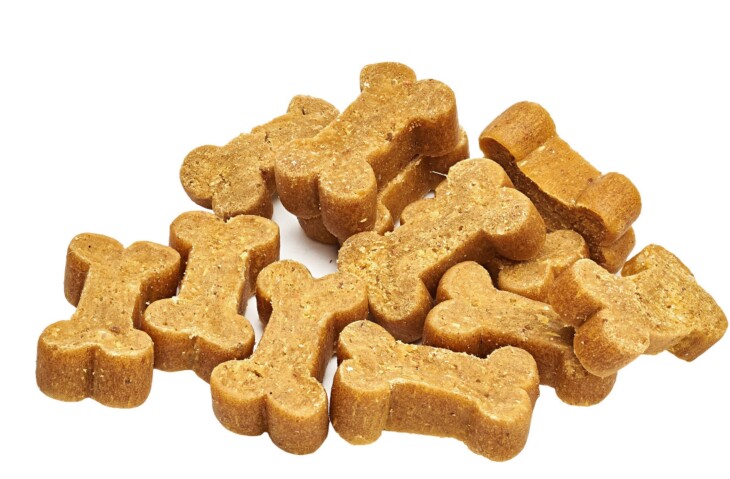
Source: stock.adobe.com
Contents
Dog Treats Make A Good Dog Owner
Being a good dog comes with responsibilities. For one, they need to obey their owner’s commands and perform as expected. But, on the flip side of the coin, have you ever wondered what it takes to be a good dog owner?
The ideal dog owner is someone who spends time with their furry friend regularly and not just whenever it suits their mood. Good owners make it a point to walk their dogs and even give them purpose in life by giving them tasks. In short, to be a good dog owner, you must make your pooch feel happy and fulfilled. For you to attain all these objectives, you need to get your dog’s cooperation. For that to happen, you need to always have goodies on hand.
Dog Treats Aren’t Bribes
Many owners think that dog treats are just a form of bribe. Thus, they feel that they can do away with the goodies and, instead, focus their spending on regular dog food. Well, that way of thinking may not be in your best interest or that of your furry friend.
Even experienced trainers know that using treats isn’t bribery. Dog treats reinforce good behavior and should be viewed as a form of motivation. These goodies let your pet know that what they’re doing is right, making them eager to stick to being good.
Rather than a bribe, dog goodies should be seen as a reward for a job well done.
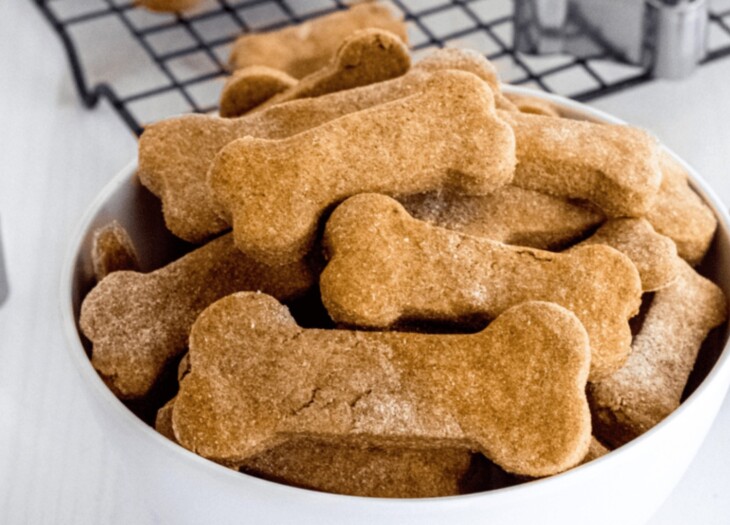
Source: Real Housemoms
Making Healthy Homemade Dog Treats
There was a time when giving dog treats was a no-brainer. You just go to the pet supply store and buy anything that has a picture of a happy dog on the packaging. But, there have been reports about molds, artificial ingredients, and additives in goodies that may put the health of your dog at risk.
While not all store-bought dog treats may be bad for your pet, making healthy homemade treats will put you in better control not just of your dog’s health, but also your budget.
Dog owners should know how to make homemade treats. Here are some insider tips:
1. Work With Your Dog’s Veterinarian

Source: K9 of Mine
The biggest reason why homemade doggie treats are preferable is their good impact on your dog’s wellbeing. So, if you plan to make homemade treats to improve your dog’s health, there’s no better way to start the process than to talk with your pet’s veterinarian.
Your vet should be able to give you a complete diet plan or schedule for your pet. A customized program will ensure that your dog’s diet is balanced and healthy. The plan should include what types of treats you should make for your dog.
2. How Much Goodies To Give Your Pet
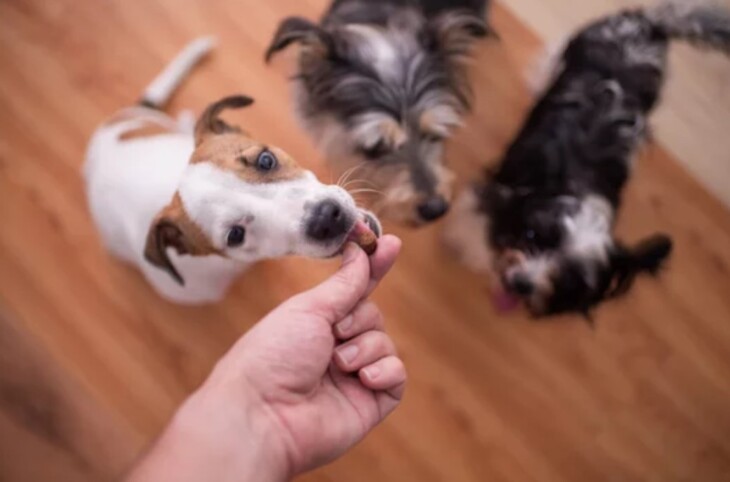
Source: stock.adobe.com
Just like humans, dogs can’t have too much of anything. When making homemade treats, there’s no doubt that you’ll be able to control which ingredients to add to the goodies.
In other words, you have a better chance of saving on doggie treat costs. As a result, you may think that you can give treats like there’s no tomorrow. But, it’d be a bad idea.
Keep in mind that dog treats are just snacks or supplements; they’re not your dog’s main meals. Giving dogs more treats than they can chew on can be detrimental to their health. Doggie treats should only make up about 10% of your pet’s caloric intake for the day.
3. Know What Treats To Make
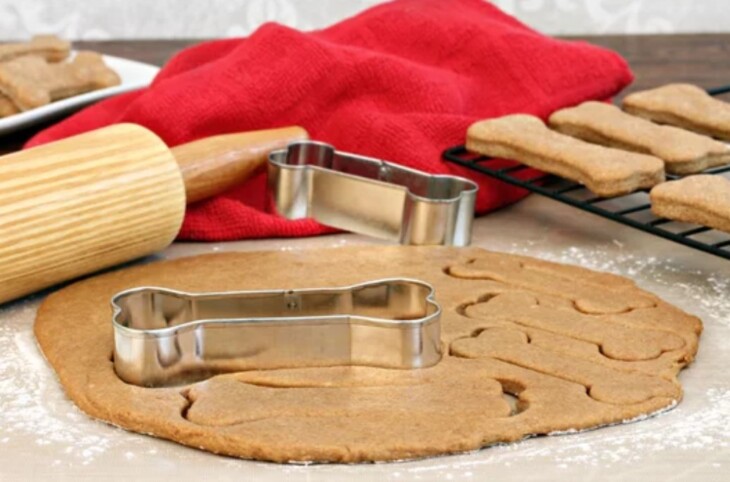
Source: stock.adobe.com
You can make many types of dog treats. You can opt for meaty, fruity, or even vegetable-based goodies. That said, nothing can be more frustrating than spending time and money to make the treats only to see your pet brush them aside.
Make sure that your dog will like the treats you make. The best way to know that is by trying out different types and flavors. The ones that your dog favors are their favorites. Take note of that and simply find recipes online to create similar goodies.
If your dog likes your homemade treats, you can also expect that they’ll no longer find comfort in chewing other objects, such as your shoes or sofa.
4. Treats Should Be Given In Small Portions
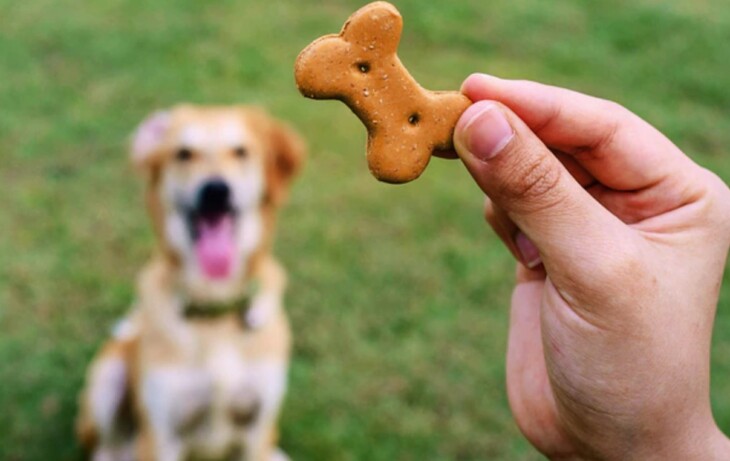
Source: WebMD for pets
There’s a reason they call them treats and not full-sized meals. Treats are supposed to be given sparingly. So, when making homemade dog treats, it would be best to make sure that you can easily break your finished product into smaller portions. Better yet, form the treats and chews into small pieces right from the start.
Smaller pieces or portions are ideal for small dog breeds or older pooches. Plus, doing so allows you to effectively control daily caloric intake, thus, preventing your furry kid from becoming overweight.
5. Store Your Dog Treats Properly
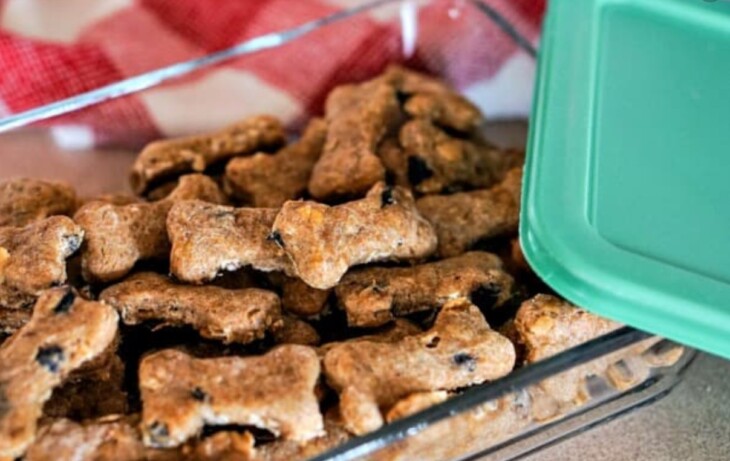
Source: Wiggleworthy Dog Treat Recipes
Your homemade dog treats shouldn’t contain chemical preservatives, so they may have shorter shelf life compared to the ones you got from the pet supply store. The best way to keep the treats fresh for days or even weeks is to store them in airtight containers or even in the fridge.
While you may not have the sophisticated equipment to tell you the expiry date for your homemade goodies, the best way to determine how long the goodies will last is to note the types of ingredients you use. For instance, moist and meat-based treats tend to go bad faster than dried ones.
Conclusion
Dog treats aren’t just for training your pet. They play a significant role in making your dog feel special and motivated. Unfortunately, there are commercial dog treats that may contain harmful additive, and even molds. To prevent risking your dog’s health, you may want to make your own healthy homemade dog treats. But, before you shop for ingredients and equipment, you must know what makes a good doggie treat.
